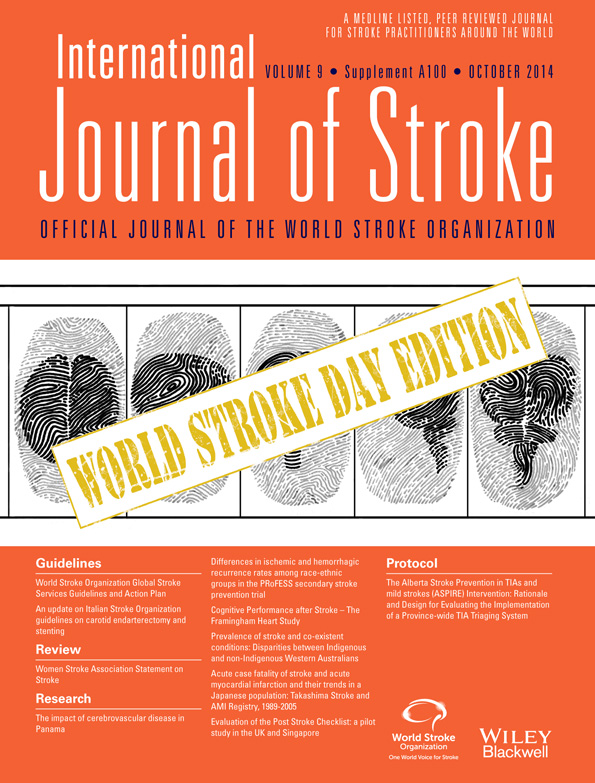Sub-cortical infarcts and the risk of falls in older people: combined results of TASCOG and Sydney MAS studies
Abstract
Background
White matter hyperintensities increase the risk of multiple falls in older people, but the effect of sub-cortical infarcts is unknown.
Aims
By pooling data from two Australian population-based studies, we aimed to investigate the association between sub-cortical infarcts and multiple falls and whether this relationship, and that of white matter hyperintensities, is mediated or modified by cognitive or sensorimotor factors.
Methods
Participants underwent structural magnetic resonance imaging and cognitive and sensorimotor assessments. Falls were prospectively measured over 12 months. Sub-cortical infarcts were detected visually. Total white matter hyperintensity volume was quantified using automated segmentation methods. Generalized linear models were used to examine if sub-cortical infarcts and white matter hyperintensities predicted falls.
Results
The mean age of the sample (n = 655) was 74·5 (standard deviation 6·7) years, 336 (51·3%) males. Overall, 114 (17·4%) had multiple falls. The majority had no sub-cortical infarcts (n = 491, 75·0%), while 90 had one (13·7%), 41 had two (6·3%), and 33 had more than or equal to three sub-cortical infarcts (5·0%). The risk of multiple falls was elevated in people with more than or equal to three sub-cortical infarcts (adjusted relative risk 1·89, 95% confidence interval 1·03, 3·46) and in the highest quarter of white matter hyperintensity volume (adjusted relative risk 1·46, 95% confidence interval 1·00, 2·13). The effect of sub-cortical infarcts on falls was amplified by poorer vision (P = 0·03). The effect of white matter hyperintensities was amplified by poorer vision (P = 0·008), proprioception (P = 0·03), and muscle strength (P = 0·008). There was no modifying effect of cognitive function.
Conclusions
Increasing burdens of sub-cortical infarcts and white matter hyperintensities are associated with a risk of falling. Interventions targeting sensorimotor factors along with strategies to prevent sub-cortical infarcts and white matter hyperintensities may reduce the risk of falls.




